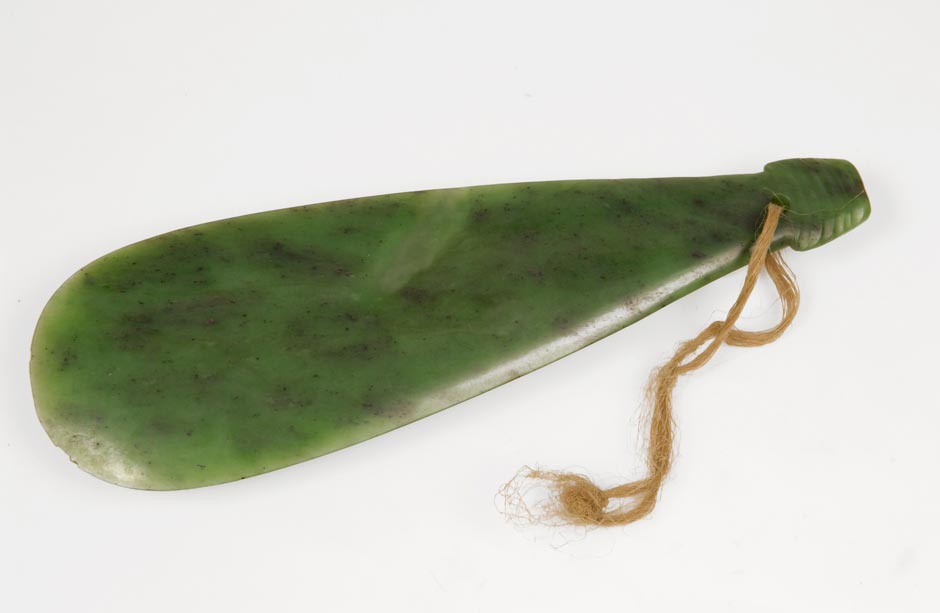Maori Diet 300 Years Ago
Maori Diet 300 years ago?
Māori food or kai was always based around the land. Māori were great hunters and gatherers and lived on birds and fish cooked with wild herbs and roots. The hunters of the tribe would get shellfish and fish from the sea, such as paua and kahawai. They would kill moa, birds, pigs and dogs to name a few. The moa is today extinct, but many scientists and archeologists have found and assembled the bones which the moa had. This is what they believe the moa looked like:
Māori food or kai was always based around the land. Māori were great hunters and gatherers and lived on birds and fish cooked with wild herbs and roots. The hunters of the tribe would get shellfish and fish from the sea, such as paua and kahawai. They would kill moa, birds, pigs and dogs to name a few. The moa is today extinct, but many scientists and archeologists have found and assembled the bones which the moa had. This is what they believe the moa looked like:













